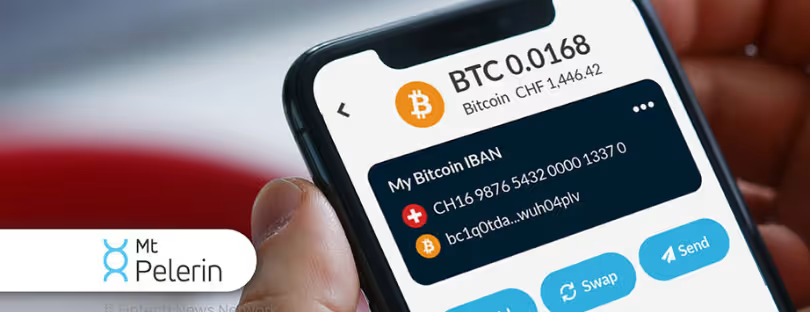
Metadata in Libraries: Why It Matters More Than You Think
Metadata is often overlooked, tucked into the backend like stage directions in a play. But just like those directions, it quietly guides the performance, ensuring everything runs smoothly. Without it, even the grandest library risks becoming unreadable. Most eyes glide past metadata. It is the plain jacket of a book that no one reads. But take it away, and the whole library begins to fall apart. Without it, searching becomes a guessing game. Borrowing slows to a crawl. Readers get lost in the stacks.
Metadata works behind the curtain. It gives shape to what looks like a mess of books and files. It tells what a title is about, who wrote it, and when and where it was made. It even tells how it fits with other materials. A well-built metadata system makes sure the right book finds the right mind.
Why Structure Beats Size Every Time
Large collections are easy to build—just keep adding. What is hard is building a collection that speaks to itself. That is where metadata makes the real difference. It gives each title a voice and allows for conversation across genres, formats, and time periods.
A shelf without metadata is like a party where no one knows anyone’s name. No one talks. No one connects. But add clear labels, consistent subject headings, and clean data fields, and the stories begin to find each other. Fiction mingles with memoirs, science journals lean toward poetry, and learning finds its feet.
The Bigger Picture Behind a Simple Tag
Libraries do more than lend books. They store knowledge across generations. So it matters deeply how that knowledge is organized. Metadata decides which histories rise and which ones get buried. It shapes who gets seen and who stays hidden.
Cataloging standards are not just rules. They are mirrors of culture. Every decision about what to include or exclude in a record leaves fingerprints. Over time, these choices shape how future researchers understand the past. That is no small thing.
A strong metadata system also brings different archives into one clear picture. For instance, digital collections feel more complete when Zlibrary joins Project Gutenberg and Anna’s Archive under shared metadata principles. Together, they create a kind of global memory shelf where stories travel farther and faster than ever before.
What Makes Metadata Worth the Effort
It is easy to think of metadata as background noise. But when done right, it becomes a compass. Here are a few reasons why well-made metadata turns a library from a storage room into a living network:
Better Search Results Save Time
When metadata is clean and consistent, it pulls the right titles to the top. Readers do not need to wade through mismatched results or vague suggestions. They get what they need right away, whether they search by topic, author, or keyword.
Accessibility That Works for Everyone
Good metadata opens doors. It gives people with different needs or tools a way to explore equally. Descriptions help those with low vision. Subject tags guide people with learning differences. Clear labels help machines read and translate content across systems.
Connections That Spark New Ideas
When collections are linked by themes or shared terms, new insights emerge. A student researching migration might stumble across a folk tale or historical map that shifts the story entirely. Metadata makes space for those lucky finds that change thinking.
Shared Language Across Systems
Libraries do not live alone. They share records, update entries, and pull from each other’s shelves. Metadata acts as the shared tongue. It means a book in one place can be understood in another without confusion or delay.
Trust That Builds Over Time
Accurate metadata means people can trust what they find. Each entry becomes a small promise that what is on the screen matches what is in the file. That trust builds loyalty and turns users into regulars.
This attention to detail also strengthens digital preservation. With solid metadata, future systems can still make sense of today’s files. The book lasts even if the platform does not. That kind of staying power matters in a world where formats shift fast.
Back on the ground, this also helps staff avoid burnout. Instead of chasing loose files or fixing broken searches, they can focus on curating new content and improving the experience for everyone.
Where It All Comes Together
Metadata is not just paperwork. It is part of the storytelling. It says this poem belongs next to that essay, and this voice echoes that idea across time. When done right, it feels seamless. Books find their place, and readers find what they did not even know they were looking for.
So no, it is not the flashiest part of a library. But it might be the most vital. Without it, knowledge turns into noise. With it, stories get their shape, and the shelf makes sense. Metadata may not tell the story, but it sets the stage. And when the lights go up, it ensures every voice has a chance to be heard.










